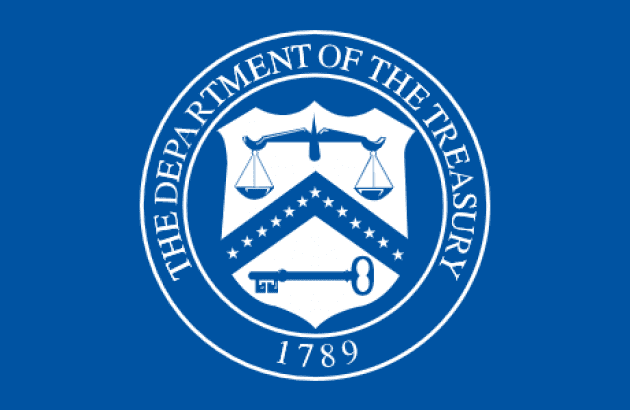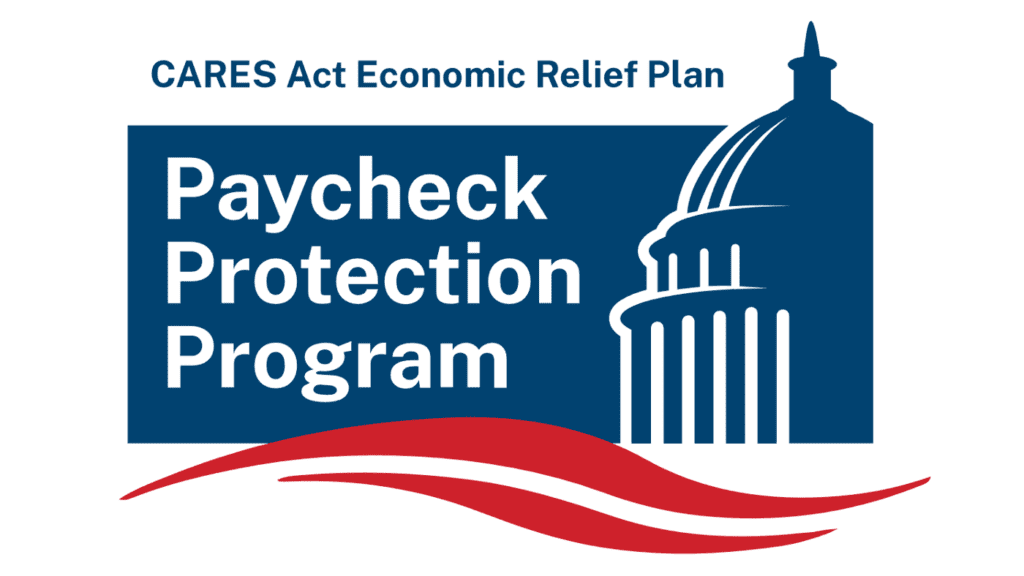Payroll Protection Program: Everything You Need to Know
The Payroll Protection Program is essentially a loan for small businesses. Learn everything you need to know about the Payroll Protection Program here.
Payroll related tasks are the worst part of running a company according to 40% of business owners. With the Covid-19 economic shutdown, trying to maintain a business and pay employees is extremely difficult.
The CARES Act became law on March 27, 2020. It provides a payroll protection program for small businesses with loans that include a forgiveness plan.
If you are a small business trying to meet payroll, keep reading. We are going to share what the payroll protection program is, who’s eligible, how to apply, and how to have the loan forgiven.
What Is the Payroll Protection Program?
The Payroll Protection Program is available through the CARES Act and PPP Flexibility Act of 2020. It is a way of providing loans to small businesses suffering economic impact due to Covid-19.
The loan’s purpose is to allow the business to maintain workers on the payroll and/or bring furloughed workers back on the job. The loan provides up to eight weeks of payroll and benefits. It also includes funds for operating costs that a business incurs during the period of shut-down during the pandemic.

In addition to small businesses, the program provides assistance to veterans organizations and tribal businesses. It also assists independent contractors and self-employed persons who meet eligibility requirements.
There are steps businesses must take to have their loan forgiven. One of the requirements is that a business use at least 60% of the loan for payroll.
The Small Business Administration administers the loans with support from the Department of Treasury. The deadline to apply for a loan has been extended and is now August 8, 2020.
Loan Highlights
The Payroll Protection Program loan matures at 24 months and has a 1% interest rate. If your loan application is later than June 5, 2020, the loan will have a 5-year maturity period. Payments are not made for 10 months after the period of coverage ends or the processing of your forgiveness application.
There are no “credit elsewhere” tests that are usually required when applying for an SBA loan. There are no borrower fees or prepayment penalties, and no personal guarantees are required.
The period of expenses covered is 24 weeks, beginning with the loan origination date. If the loan is forgiven it turns into a non-taxable grant.
A business will have an obligation to repay their loan if they fail to file an application for forgiveness. This must be filed within 10 months following the final day of the covered period.
Program Qualification
The loan is available to businesses that have less than 500 employees. The maximum loan size is $10 million for the purpose of covering payroll and operating expenses.
The financial institution where you apply for the loan must confirm that your business was operating prior to February 15, 2020, and that it has employees. This information helps determine the dollar amount of your loan.
To apply for a Payroll Protection Program loan your business standing must meet the following requirements:
- Self-Employed – must submit payroll taxes filed with the IRS
- Independent Contractor – must submit Schedule C and Form 1099-MISC
- Sole Proprietorship – must submit Schedule C from tax return showing the sole proprietorship’s net profit
Use of Funds
When you receive a loan under the Payroll Protection Program, you must apply at least 60% of that loan to payroll and employee benefit costs.
You may use the remaining 40% for the following:
- Utilities for services, including internet access, telephone, transportation, gas, electricity, and water use that began prior to February 15, 2020
- Mortgage interest payments for loans made prior to February 15, 2020
- Lease and Rent Payments for agreements made prior to February 15, 2020
- Payment of interest on debt obligations from prior to the loan coverage period
For coverage of non-payroll costs, the business must incur the expense or make the payment during the covered period of the loan. This applies even if you have selected the alternative covered period for payroll.
If you use these guidelines for spending the loan you will be eligible for 100% loan forgiveness.
When you sign the application you certify your agreement to spend according to these guidelines. Your failure to do so may result in you being charged with fraud.
Payroll Expenses Covered
There are also specific loan requirements for covered payroll costs, which includes:
- Employee salaries, commissions or other similar compensation with a cap of $100,000 annual coverage per person
- Bonus and hazard pay
- Benefits paid by the employer including group health benefits, insurance premiums, employer retirement contributions, health care benefits for furloughed employees, health care benefits for employees on paid family leave, medical leave, or sick leave
- Employer assessed local and state taxes on cash compensation
- Wages, income, net earnings, or commissions for a sole proprietor or independent contractor with a cap of $100,000 annual income per person.
If you have an employee or are a sole proprietor or independent contractor with an income that exceeds $100,000 per year, that individual is only eligible to receive $8,333.33 per month ($100,000 ÷ 12 = $8,333.33).
Payroll Expenses Not Covered
There are certain expenses that can not be covered under the program. These include the following:
- Compensation for an employee whose principal residence is outside the United States
- Sick leave wages or family leave wages qualified under the Families First Coronavirus Response Act
- Compensation for an employee who has an annual salary that exceeds $100,000
- Payments made to independent contractors
- C Corporation and S Corporation owners who are not on a payroll, such as shareholder distributions
The Size of Your PPP Loan
The maximum size of your loan is based on a formula using your 2019 average monthly payroll cost multiplied by 2.5. The maximum loan amount for any business is $10 million.
If you employ seasonal workers, the maximum loan you can qualify for is 250% of the average monthly payroll cost for one 12-week period your choice:
- Any 12-week consecutive period between May 1, 2019, and September 15, 2019
- Any 12-week period beginning February 15, 2019, or March 1, 2019, and ending June 30, 2019
How to Apply For The Payroll Protection Program
If you wish to apply for a loan through the Payroll Protection Program you need to:
- Contact Your Bank (where your company banks)
- Complete the required application
- Sign to certify that you will use the loan for the appropriate purpose
- Provide documents that verify the number of staff and amount of money you need to meet payroll, including payroll tax filings, Schedule C for a sole proprietorship, payroll processor records, payroll tax forms 941, 940 and W-3,
- Provide documents to verify mortgage interest payments, rent payments, and utilities you wish to cover with the loan
- Verify that economic uncertainty requires you to obtain financial assistance to continue operating your business
- That you do not have nor will you be receiving any other loan under this same program
- You must acknowledge that the lender will be calculating your loan eligibility using tax documents and that those are the same tax documents you filed with the IRS
If you need assistance with tracking information needed regarding your payroll obligations, your payroll service should be able to provide the information you need.
You can prepare your Paycheck Protection Program application ahead of time, prior to meeting with your lender. You must complete the application and provide complete information for your eligibility to be determined.
Applications are submitted through any financial institution that offers SBA 7(a) loans. If your own bank or credit union is not participating, the government maintains a list of participating lenders throughout the country.
PPP Loan Forgiveness
It is imperative that you maintain accurate record-keeping to prove expenses during the period of your loan. Once you submit a forgiveness application, the lender is required to make a decision on your eligibility within 60 days.
For the loan to be forgiven you must maintain an average number of full-time employees equal to what you had during the prior 12-month period. The amount of money forgiven will be reduced if there was a reduction in the number of employees you retained. There will also be a reduction in forgiveness if there was a 25% decrease or more of any employee wages.
Exceptions are made for employees who were laid off or put on furlough and refuse to come back onto the payroll. This exclusion applies if you made a written offer to rehire the employee at the same wages and number of hours they had prior to lay-off. You must have documentation to prove the employee rejected your offer.
Keep Your Business on Track
The payroll protection program is a great way to get your business the equity it needs to stay afloat during the pandemic.
If you are struggling to keep your business on track, PriceItHere.com provides B2B services to meet your needs. Let us know what service your company is looking for. You receive free quotes and are able to hire the right company for the job.
Make it your business to let our business to help you stay on track. Please contact us with any questions you have.
